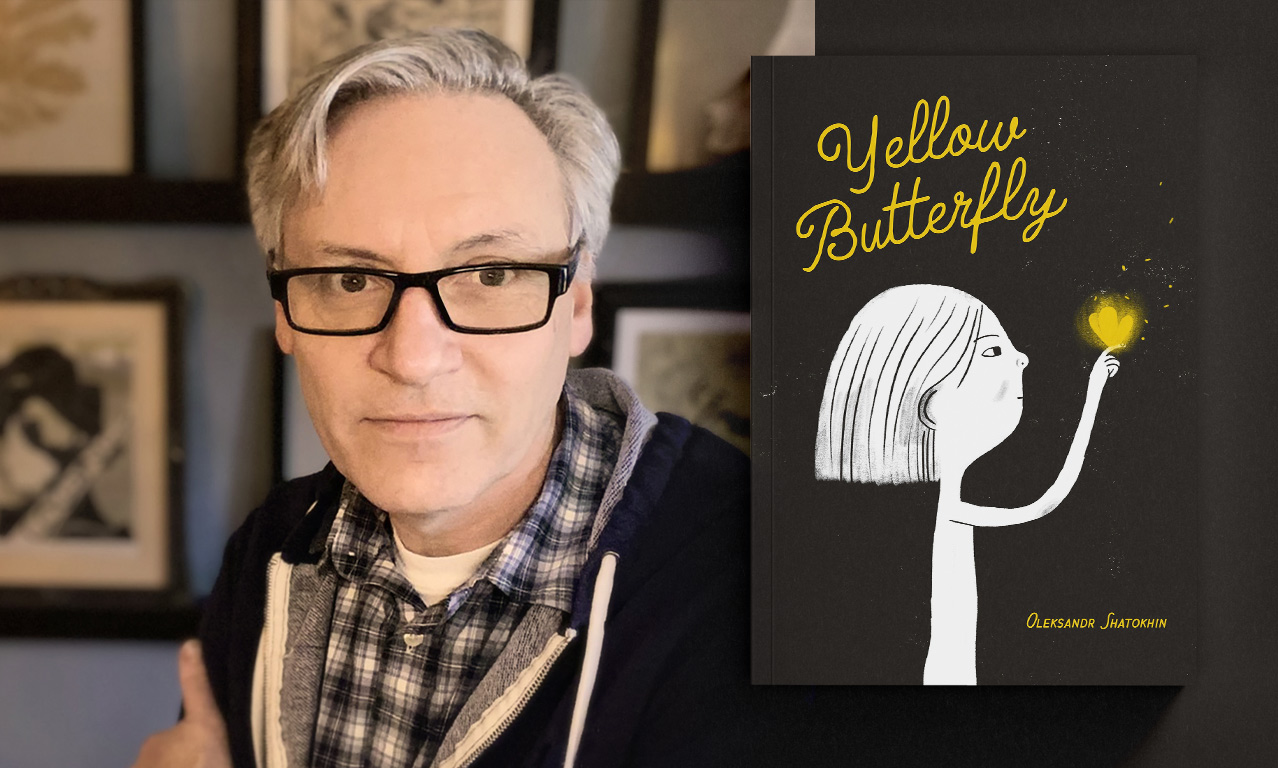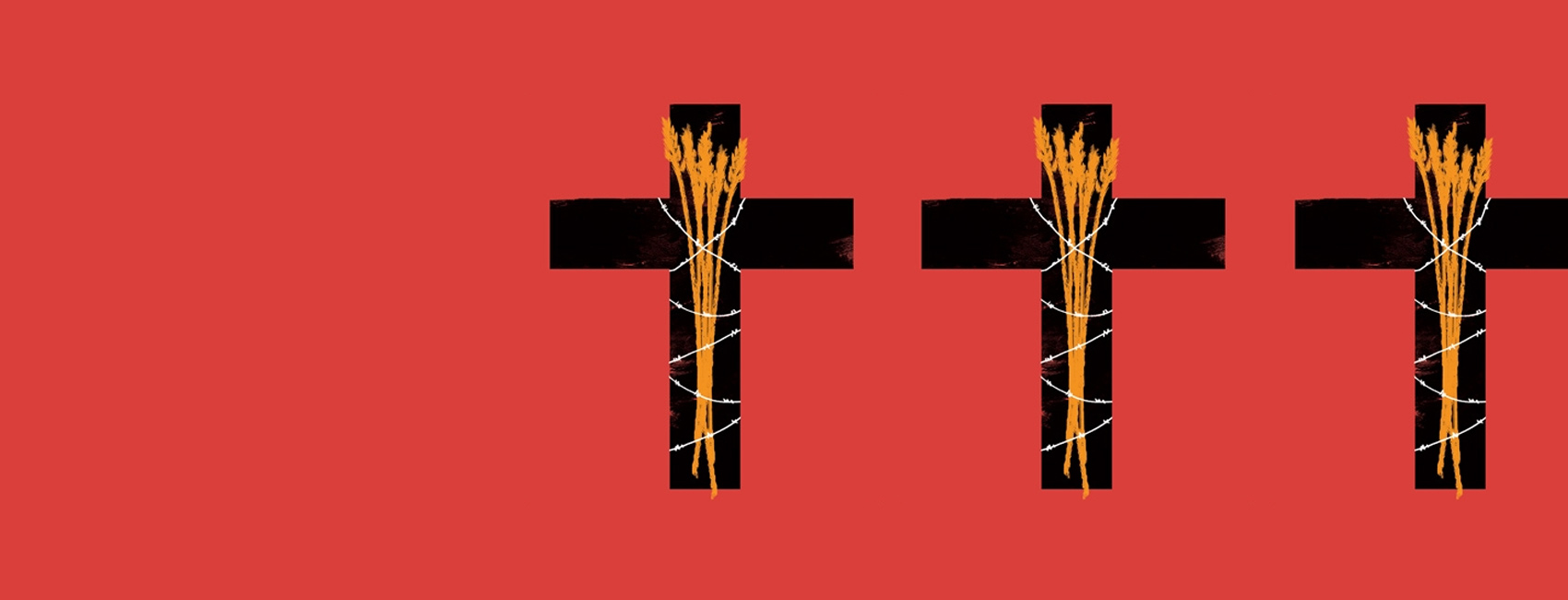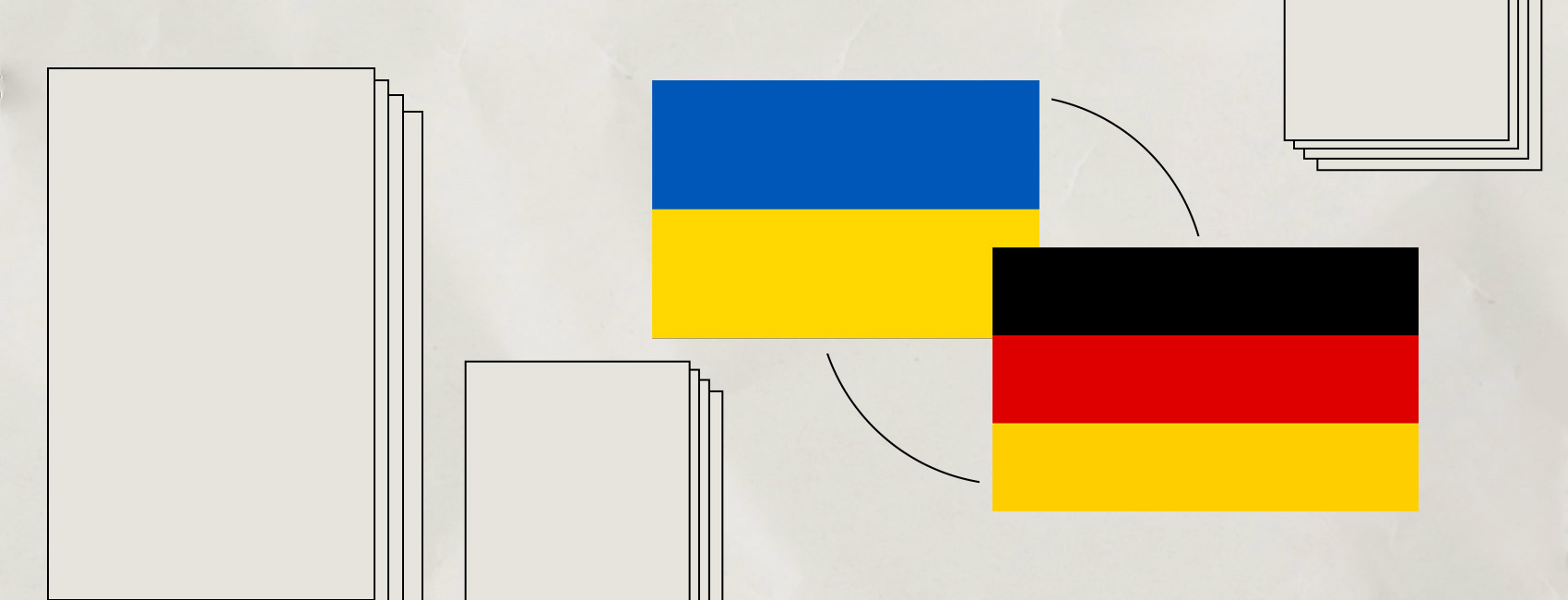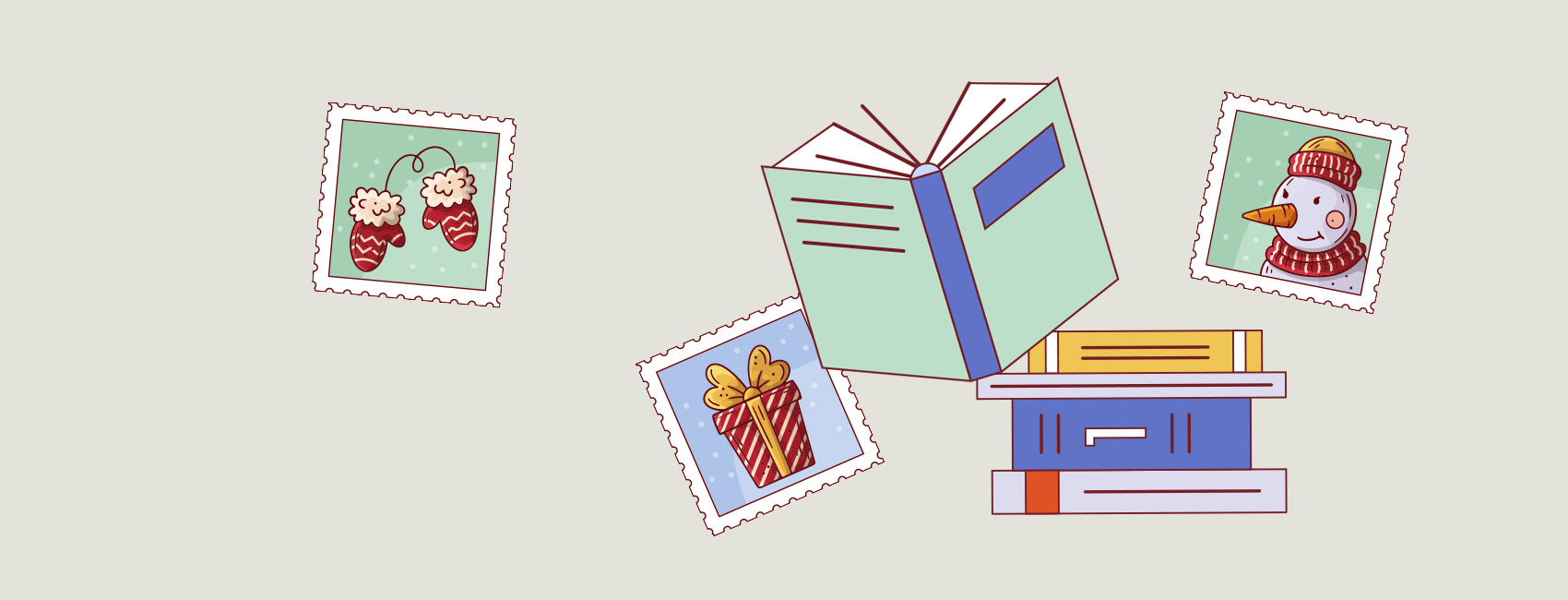* ESC - close the search window
Chytomo Picks
The Yellow Butterfly: Three stories of a silent book from Ukraine
17.11.2023
Following the international success of “War that Changed Rondo” by Romana Romanyshyn and Andriy Lesiv, “The Yellow Butterfly” by Oleksandr Shatokhin is poised to become another prominent Ukrainian book on the themes of war and hope. It has been listed among the top 100 best picture books of 2023, according to the international art platform dPICTUS.
The book was crafted amidst the ongoing invasion. Oleksandr and his family witnessed columns of occupiers, destroyed buildings, and charred civilian cars. Shatokhin describes the book’s creation as a form of therapy, a way to cope with the horrors. “During this time my vision became clearer about what I wanted to create — a silent book about hope, victory, the transition from darkness to light, something symbolic,” he explains.
Although “The Yellow Butterfly” is a wordless book, today its message resonates with readers across the globe. Chytomo reached out to international publishers who have acquired the rights for this book to understand why they chose “The Yellow Butterfly” and to explore the various approaches they are taking to introduce its themes to the readers far removed from the war in Ukraine.
‘It is a very unfiltered book’ — Angus Yuen-Killick, Red Comet Press (US)

The journey of “The Yellow Butterfly” began when its Ukrainian publisher’, The Old Lion Publishing House, reached out to the Red Comet Press with Oleksandr’s wordless book proposal. The Red Comet, founded in 2021, is a ‘young’ publishing house, but the decision to collaborate appeared to be clear-cut. First of all, the publisher’s name, Angus Yuen-Killick, is familiar for people working in children’s literature circles in the US. Secondly, his newly established company had previously published ‘“The Happiest Lion Cub” by Oleksandr Shatokhin (2022, translated by Zenia Tompkins).
“As soon as it hit my desk, it was an instant turnaround. We have to publish this immediately,” Yuen-Killick said.
Despite a rapid publication time of just just six months, the release of the book in January ruled out its possibility of being featured on a winter distribution list. However, the publisher managed to showcase the book at a the sales conference paving the way for its introduction to the US market in early 2023. “Because the war is happening right now”, Yuen-Killick explains.
The U.S. edition of “The Yellow Butterfly” differs significantly in format from its Ukrainian counterpart. The original Ukrainian edition of Yellow Butterfly is smaller, while Red Comet Press published it in a large trim size with a jacket. “I just feel in this market, if you’re publishing a serious book that needs serious review coverage, you’ve got to do a jacket in hardcover,” Yuen-Killick said. He believes this format is the most effective for showcasing the art.
Additionally, Red Comet Press included supplementary material with recommendations on how to read silent books and how to talk to children about war and conflict.
The “Yellow Butterfly” was featured in dozens of publications in literary and publishing professional press, but hasn’t received as much attention from the general press as RC expected: “We don’t just want to put books out there for the sake of putting books out there. We want to be part of the cultural conversation that’s going on in our country and in the countries that speak the language that we’re publishing,” said Angus.
At the same time, the publisher notes that it’s always been challenging selling “wordless picture books.” He explains that part of the difficulty is caused by the fact that the audience doesn’t necessarily know how to read and appreciate them.
You have to read the illustrations. You have to think about them. It’s like reading a poem
Despite the challenges, the book’s success is evident in its sales figures. According to Angus, the initial print run of 7,000 copies has nearly sold out. Red Press expects it will become a backlist title and and continue to be used by teachers and parents.
“I was very drawn to the dramatic nature of the illustrations and the progressive storytelling through those illustrations.” “I think he just poured out his emotion into it. And that is what people really respond to. It is a very unfiltered book. And that’s what’s so powerful about it.”
The US edition of ‘Yellow Butterfly’ has had a ripple effect internationally. Following its publication by Red Comment, many publishers around the world discovered the book and expressed the interest in bringing it to their local markets. The Old Lion Publishing House confirms there is an interest from other countries as well.
“I’m not seducing adults with children’s books,” — Nadine Robert, Comme des géants (Canada, Quebec)

Nadine Robert is breaking the rules of the Quebec publishing market. By being very selective about each book, Comme des géants aims to build a catalog that is coherent and remarkable with literary and graphic excellence. Despite the established trend of local children’s literature, Nadine believes that international writers and illustrators are important in the genre, exposing children to diverse perspectives and ways of seeing the world. Comme des géants remains among the few publishers in Quebec who publish translated books.
In the case of Comme des géants, this typically means 2-3 titles per year: one Canadian book published in English and two international titles. This year, “Yellow Butterfly” — or “Le Papillon Jaune” in French — was one such title. It became the first Ukrainian children’s book to be published in Quebec, with French rights acquired specifically for North America. The book was printed in Poland with a significant initial print run of 2,000 copies.
The publisher describes “Le Papillon Jaune” as an emotional, subjective and poetic portrayal of what the child is going through, without trying to explain much. “We feel what has been lost, what’s happening without many explanations, but just through very evocative images that are easy to understand,” Nadine shares. At the same time, she says the book is not “pedagogical,” citing it as one of the strong points of the book. However, Robert says it’s not a book for all ages, considering it would be a good choice for kids starting from eight years old.
The Quebec edition, compared to the US version, doesn’t have the reference to Ukraine on the cover, but mentions it on the back: “It can apply to any war anywhere,” Nadine explains. But this book serves as a reminder that this is an ongoing war.
RELATED: The long lists of the World Illustration Awards 2023 are announced
“The absence of “words” is a strong appealing force,” — Koji Yoshida, Kodansha LTD (Japan)

“As soon as I saw it, I was gripped by the strong power and emotion of the pictures in this book. I have been an editor of picture books for many years, but I have never come across such strong expressions,” Koji Yoshida explains. The Japanese publisher noticed the book thanks to Junko Yokota, former chairperson of the selection committee for the International Andersen Prize.
Yoshida believes that the words are not always the key for understanding. And the words (and the news) surrounding the war in Ukraine has caused people to lose sight of the “true nature of things,” to become accustomed and insensitive.
“I decided to publish this book because I believe it has the power to make us feel “war” as our own once again,” he says.
The book has a print run of 4,000 copies, which, as the publisher notes, is considered to be a reasonably large number, taking into account the number of pages and production costs. The average first printing of a picture book in Japan today typically ranges between 3,000 and 3,500 copies.
Yoshida acknowledges that not every reader is accustomed to ‘reading’ silent books, yet he believes that the absence of text holds a unique appeal:
There will be as many words as there are readers, but I believe that thinking based on empathy is the foundation of understanding for those who have never faced war.
“Don’t let those invaders take away what you live for!” — Oleksandr Shatokhin (Ukraine)
The ongoing war in Ukraine casts a shadow, but as the book shows — the yellow butterfly and hope are real. And, amidst these challenging times, Oleksandr remains resolute:
“Of course, no one knew what would happen next, how events would unfold, what tomorrow would bring. But this unity among people, the support of the illustration community (thanks to Pictoric), somehow gave strength and motivation to keep doing what I know and can do. Don’t let those invaders take away what you live for!” he says.
RELATED: The Will to Rebuild: Why the Ukrainian Publishing Industry Keeps on Going
The publication is a part of the “Chytomo Picks: New Books from Ukraine” project. The materials have been prepared with the assistance of the Ukrainian Book Institute at the expense of the state budget. The author’s opinion may not coincide with the official position of the Ukrainian Book Institute.
This publication is sponsored by the Chytomo’s Patreon community






